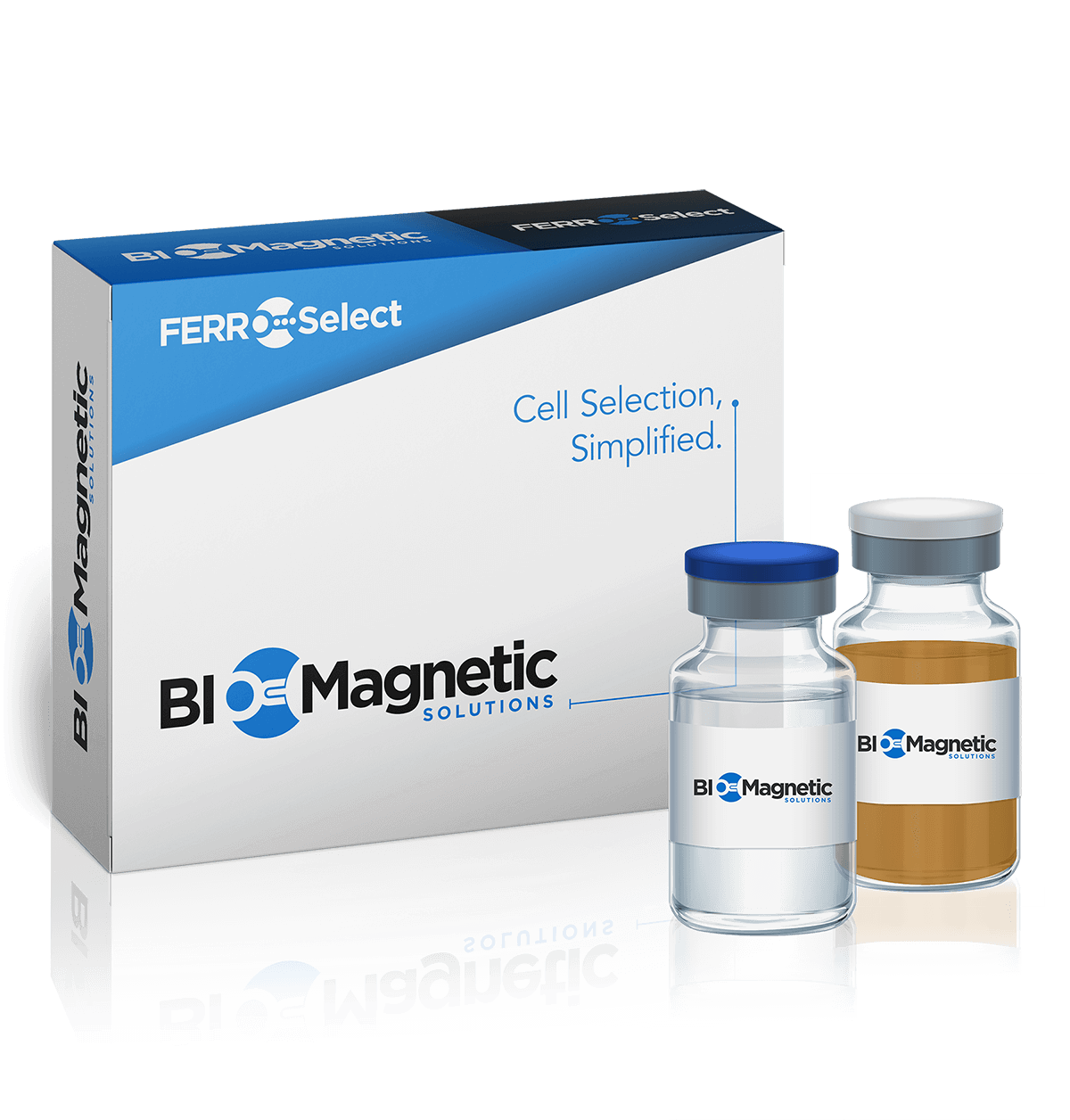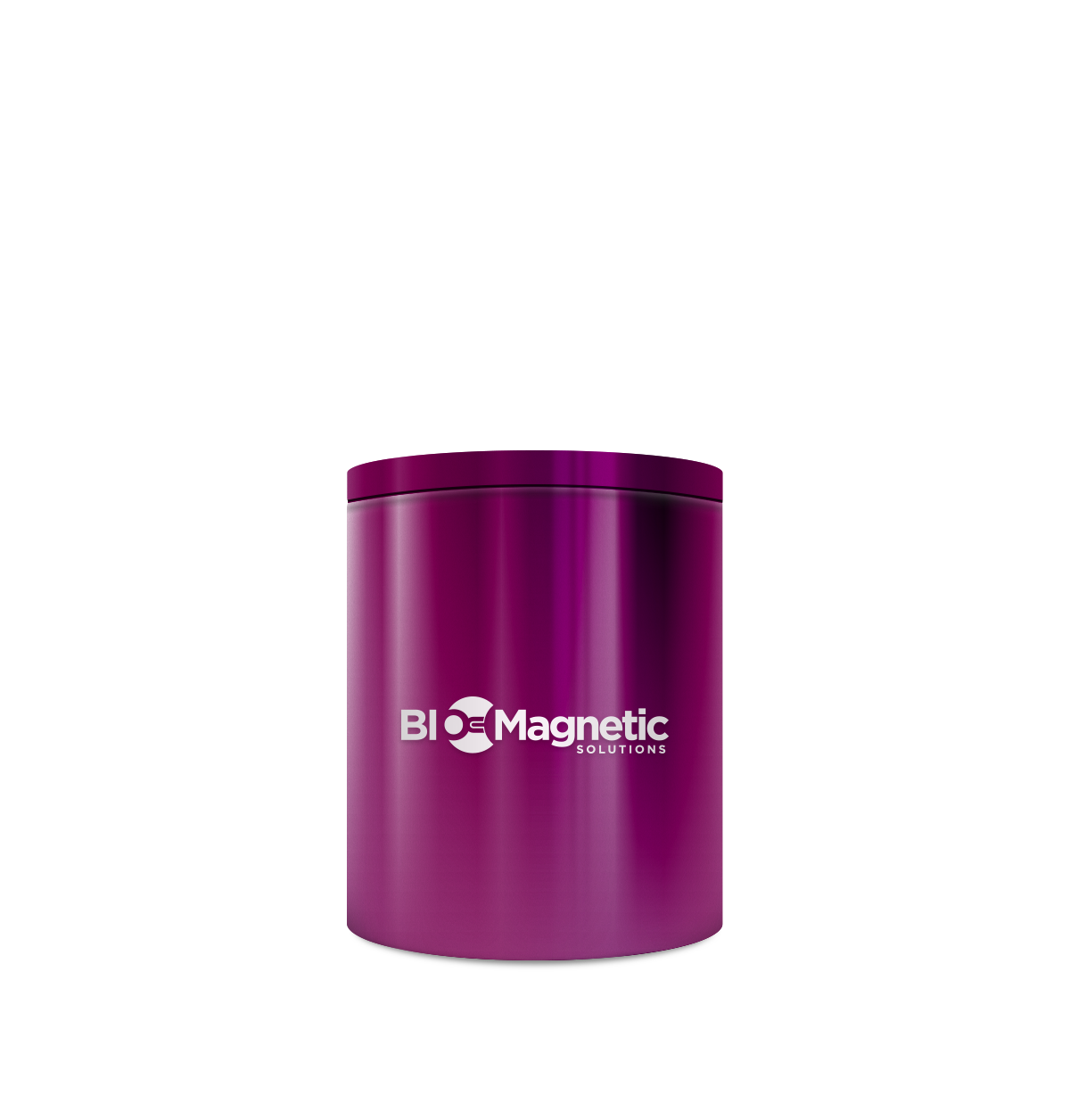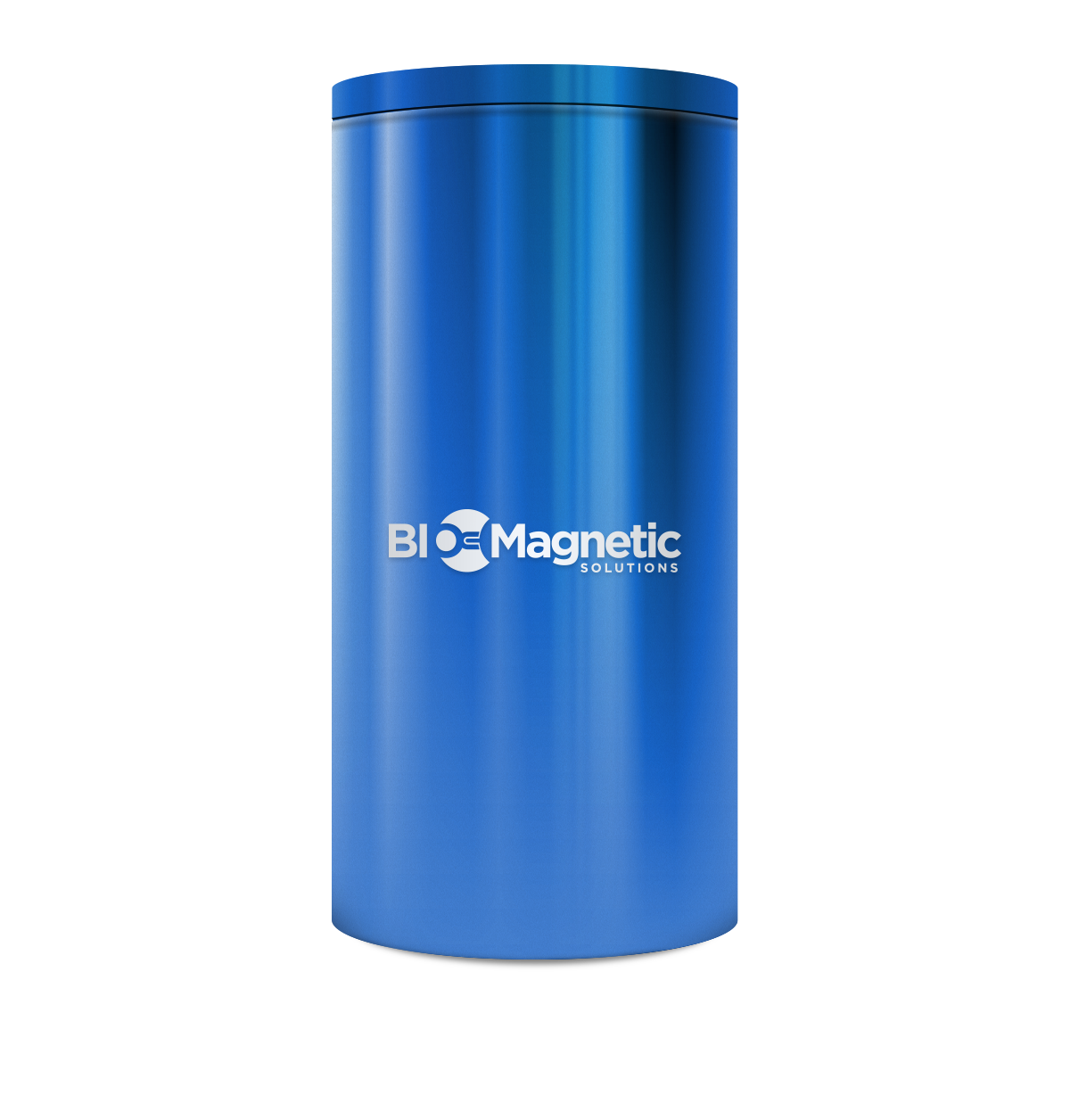Products // Reagent Kits

FerroSelect™ AbsenT™ CD3 Negative Selection Kit for the negative selection and enrichment of CD3 T cells
FerroSelect™ AbsenT™ CD3 Negative Selection Kit for the negative selection and enrichment of CD3 T cells
FerroSelect AbsenT untouched cell enrichment is possible with only one or two antibodies
Many cell therapy manufacturing applications benefit from negative cell selection methods which leave a highly enriched population of desired cells, without the concern of interfering reagents persisting in subsequent processing steps. We have developed (patent pending) a novel approach that uses as little as one or two antibody specificities to accomplish what competing platforms can only do with 6 or more. Using combinations of either one or two antibodies, we can provide untouched subpopulations of T cells (CD3+), effector/ cytotoxic T cells (CD8+), helper T cells (CD4+), and plan to launch additional products in the AbsenT line in the future.
Histograms from a CD3+ cell enrichment performed by depleting other cell types using FerroSelect AbsenT negative selection reagents and a Quadrupole QP5 magnet.
Negative selection of unwanted cells using both our FerroSelect QP5 and our FerroSelect Array, demonstrating the comparability between the hand-held open magnet and the closed, automated FerroSelect Array
Scalability of the Ferroselect Quadrupole Cell Selection System
Enrichment of CD3 Cells by Removing Other Cell Populations (Negative Selection)
The depletion of other cell types from leukopaks creates a highly enriched T cell population that has no capture reagents on their surface. This is accomplished through the use of a single targeting monoclonal antibody. Cells from leukopaks were washed by centrifugation and routinely resuspended at 1.0 x 108 cells/ml. Aliquots of cells were incubated with a set concentration of the negative selection biotinylated monoclonal antibody and streptavidin ferrofluid. Cells were adjusted to a final concentration of 2.0 x 107 cells/ml and 4 ml of cell suspension was separated in the smaller FerroSelect QP5 Quadrupole and 12.5ml of cells separated in the larger QP15 magnet. The supernatants containing cells not captured by the magnetic field, i.e the cells of interest, were gently drained from the tube, counted and subjected to FACS analysis. Each experiment was undertaken three time with different starting products

